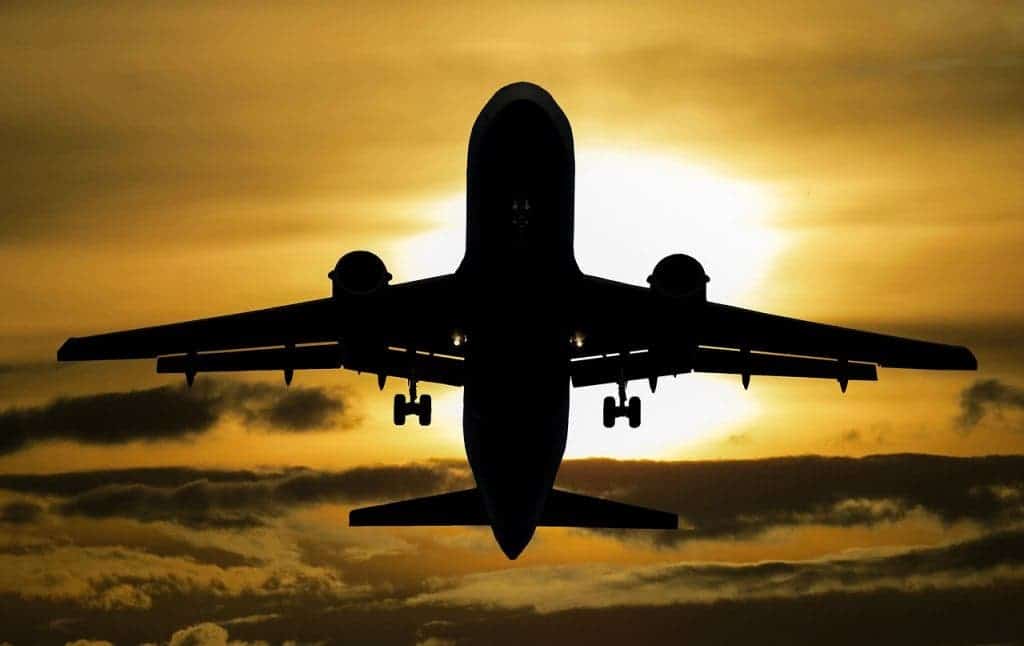
Credit: Pixabay
The International Civil Aviation Organisation (ICAO) assessed the risks the aviation industry will be facing as climate change is set to intensify in the coming decades. Among the biggest vulnerabilities, the authors highlight an increase occurrence of turbulence, take-off difficulties, icing incidents as well as dust storms that might threaten the engines. All of these vulnerabilities need to be addressed in upcoming avionics design as well as airport infrastructure to cope with future threats, if we’re to avoid potentially catastrophic accidents.
These risks will become serious in a couple of decades, but we need to act now
“Aviation is an extremely risk averse business. Climate change poses a new set of risks that airports need to assess properly. The last decades have provided a glimpse of the future climate, but the main effects will be more evident three or four decades from now, and onwards,” the report reads.
“There is thus no reason to panic, but much of the airport infrastructure erected today will be there in the new climate.”
As the surface warms, the density of the air decreases and with it the lift force that an airplane’s wings can generate. Essentially, this will make take-offs trickier. To mitigate, airplanes might need to carry fewer passengers or cargo and airports might need to build longer runways. Airports located in high altitudes in subtropical regions are most vulnerable due to this effect. Already, many airports schedule the bulk of their flights for the evening and night when the cooler temperature raises air density, but this window will get slimmer and slimmer in the coming decades.
In other parts of the world, global warming will increase the moisture in the air, which ironically favors icing. This means new airplanes might need to use rubbery coatings that slide ice off, like the one we presented earlier on ZME Science.
“On the other hand, high-altitude icing is also likely to increase with more intense cumulonimbus (CB) clouds,” the report cautions.
“Another possibility is that increased shear within the jet streams at cruising levels may reduce the stability of the atmosphere and increase the likelihood of clear-air turbulence breaking out,” the report said.
Droughts and stronger winds triggered by increased temperatures and more heat energy in the atmosphere could also impact flight safety, and although flying and sea level rise don’t seem to add up the report warns that many airports are vulnerable. For instance, 20 of Norway’s 45 airports are vulnerable to future sea level rise.
“The robustness of aircraft and indeed the robustness of the entire aviation system should be monitored carefully, as the sector will have to prepare for the more extreme meteorological conditions that are expected in the future as the climate continues to change,” the report’s authors cautioned.









